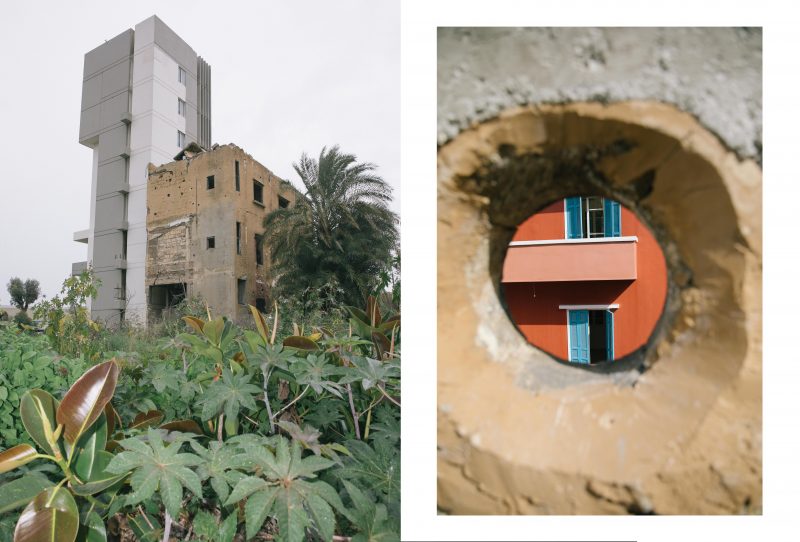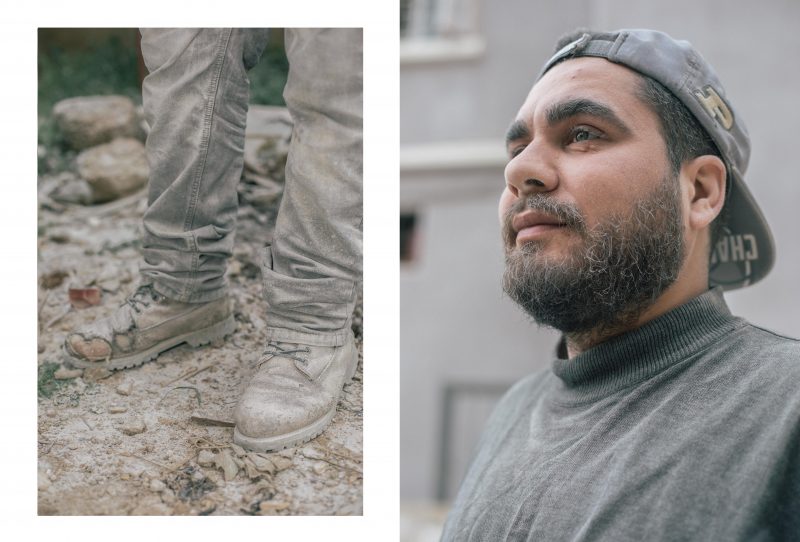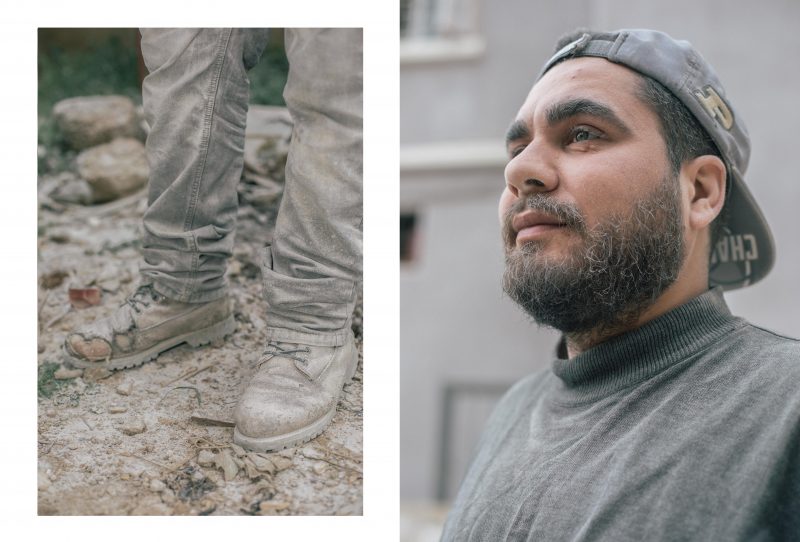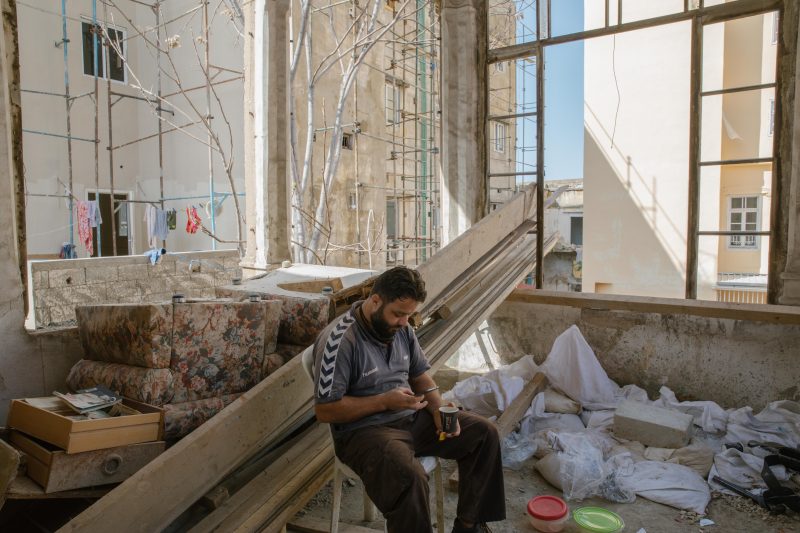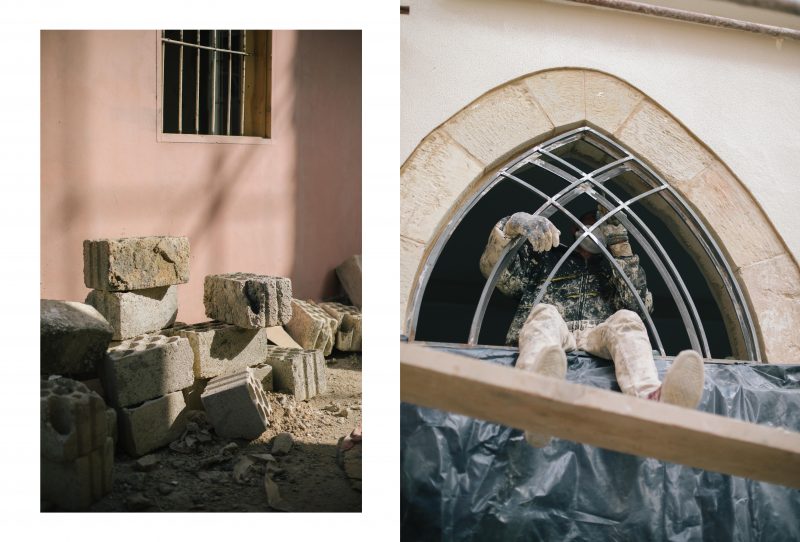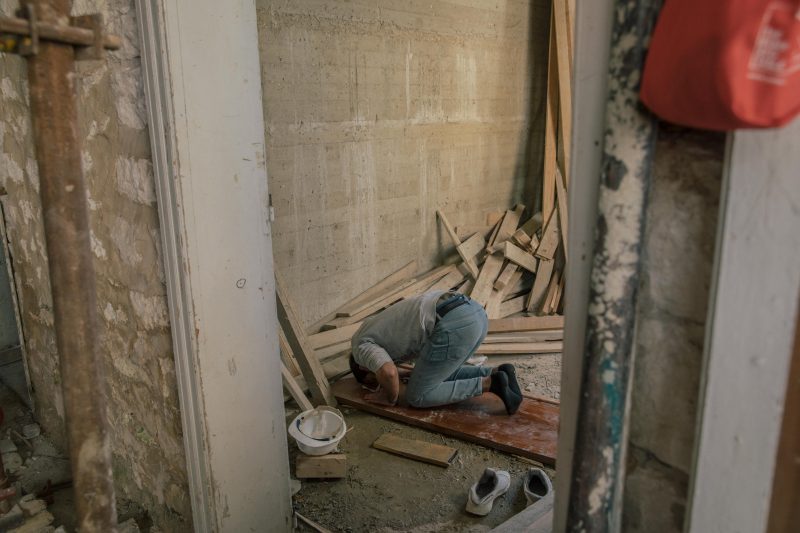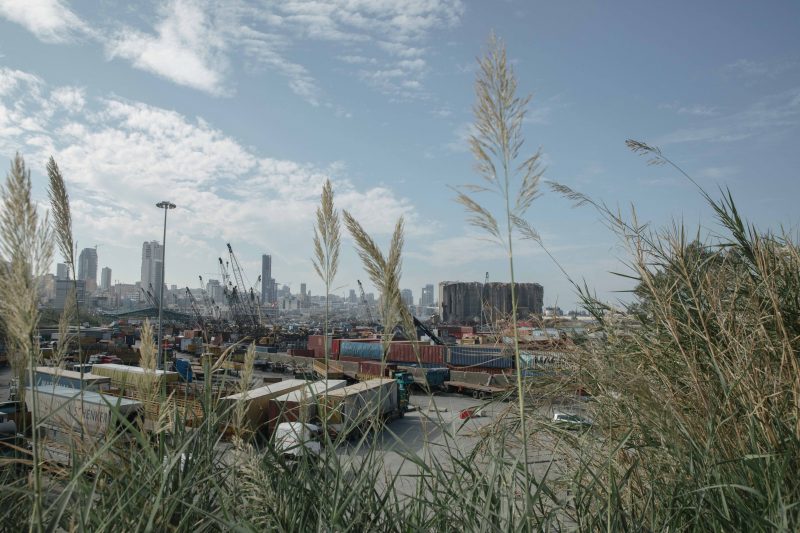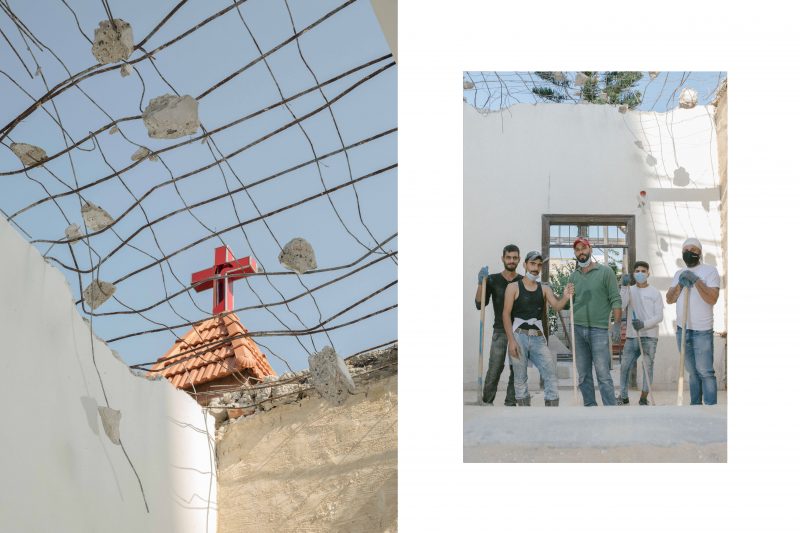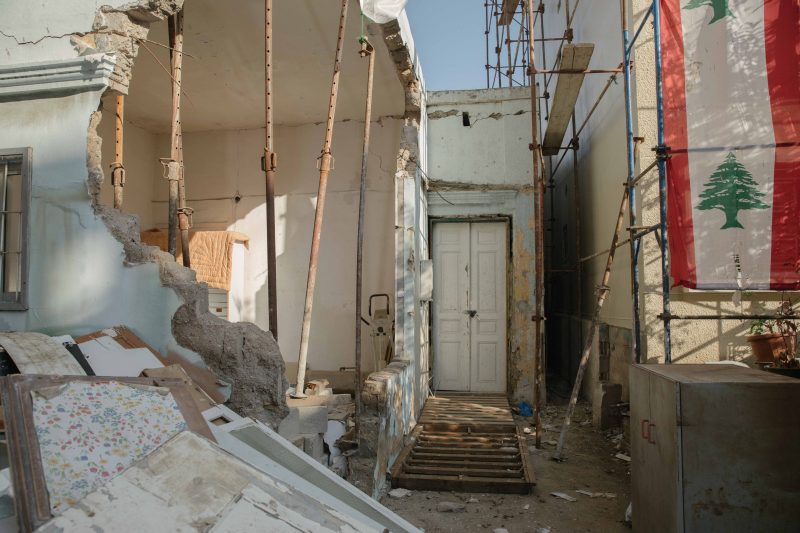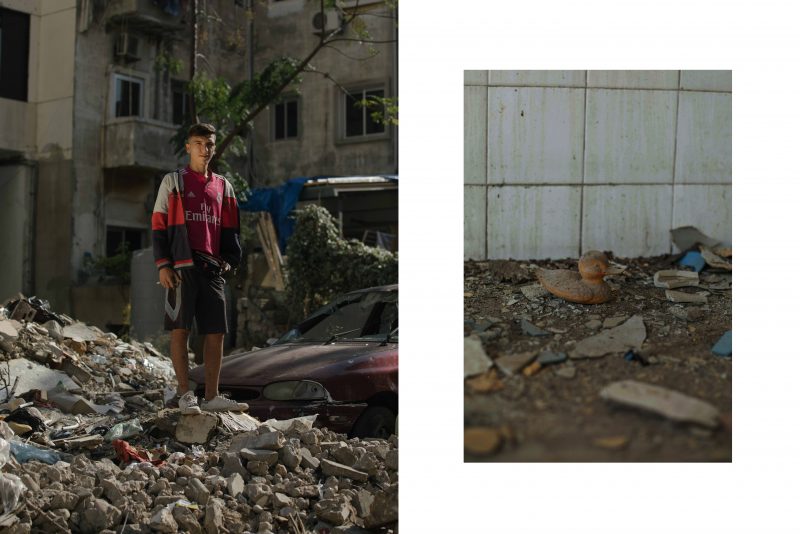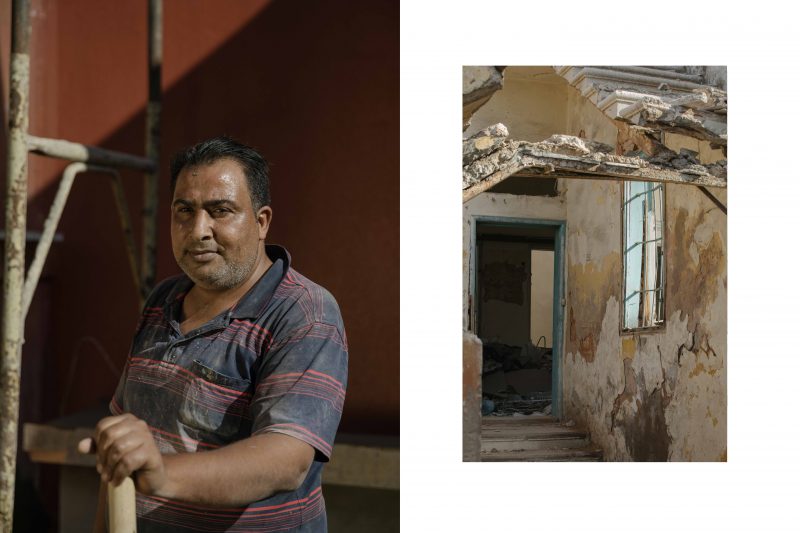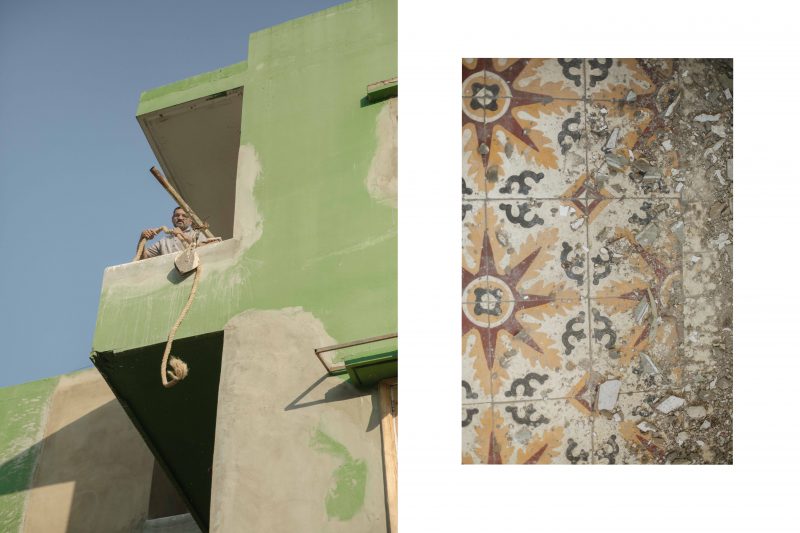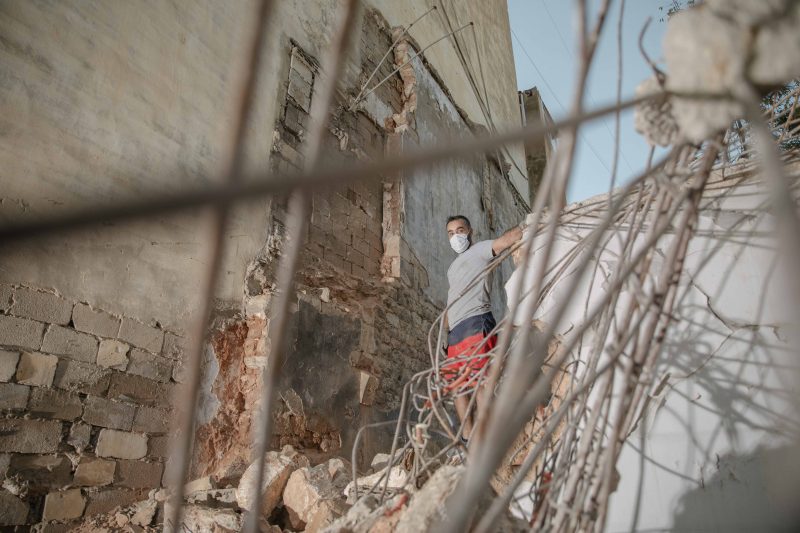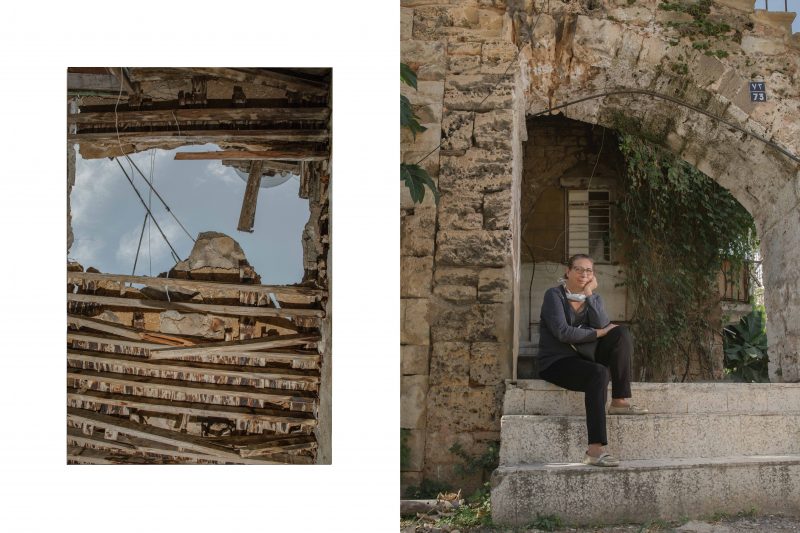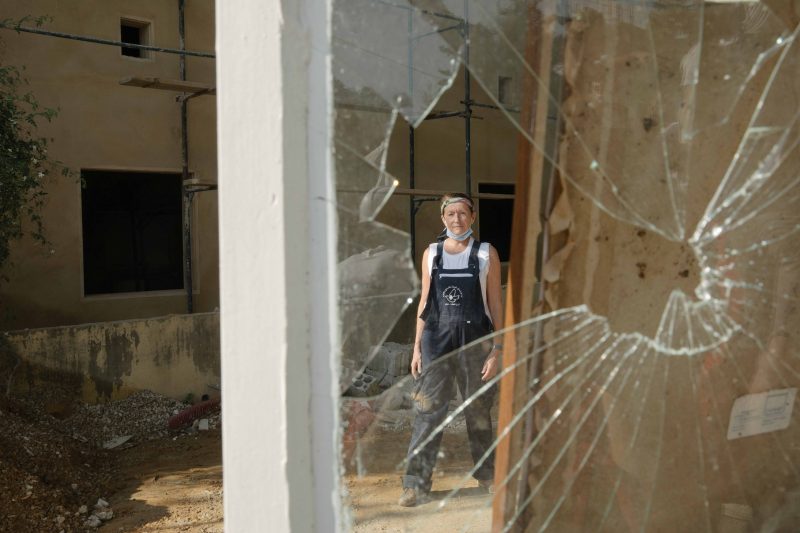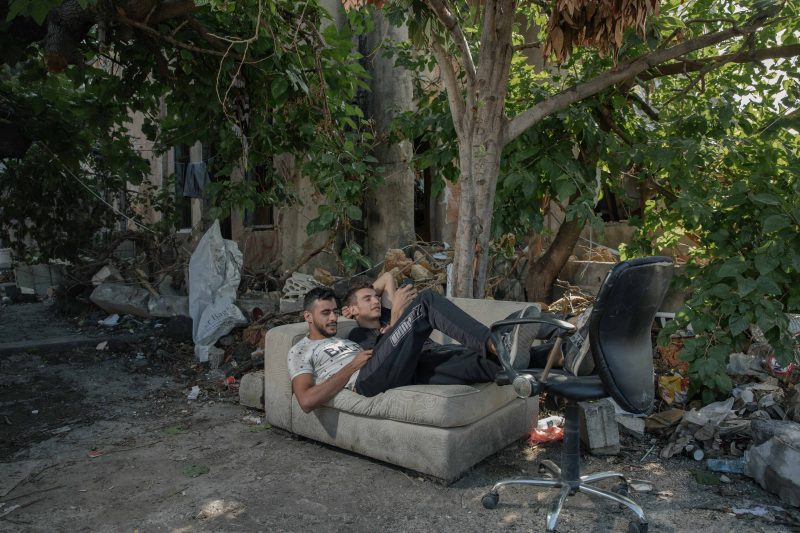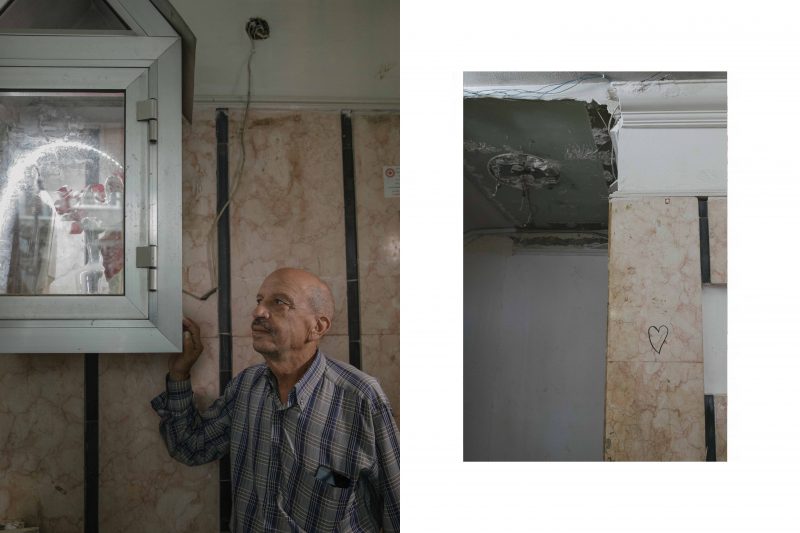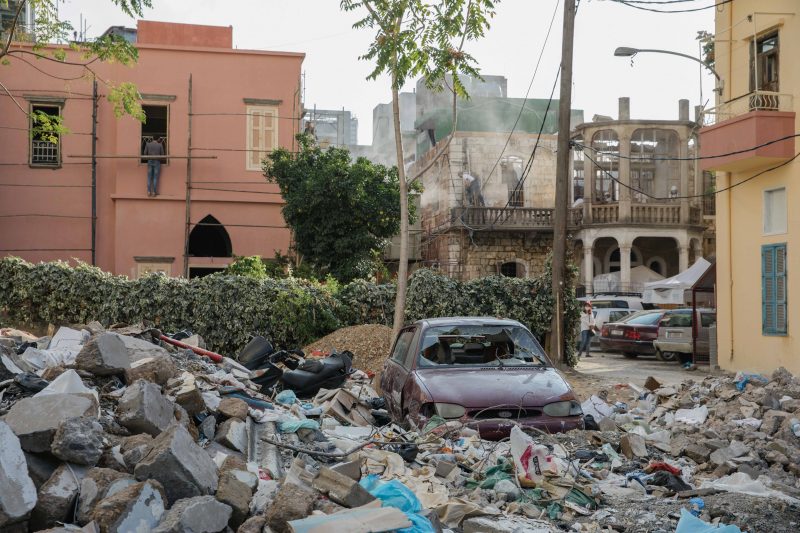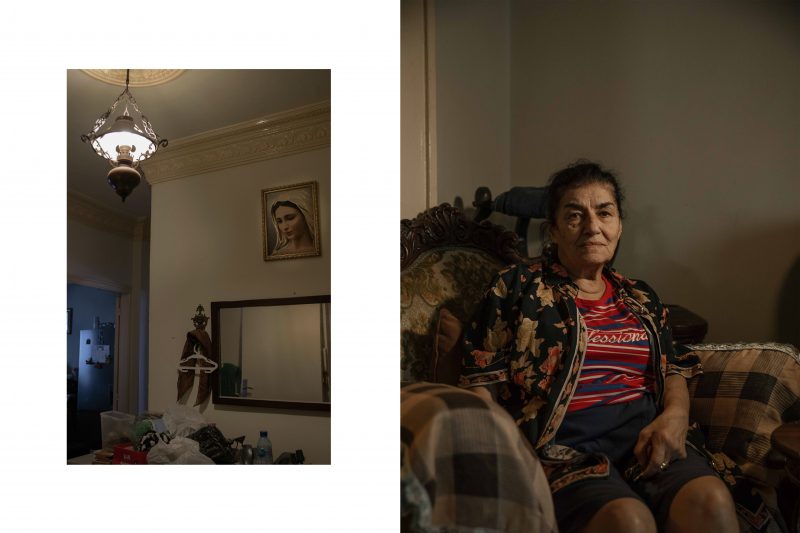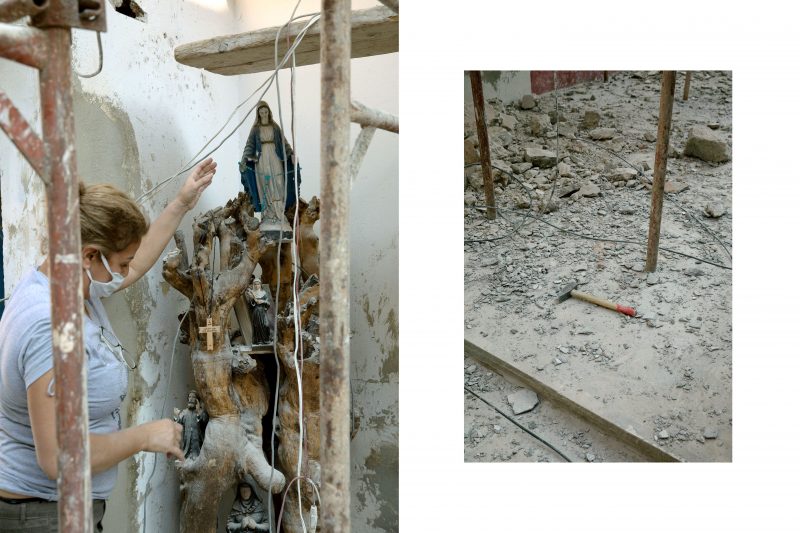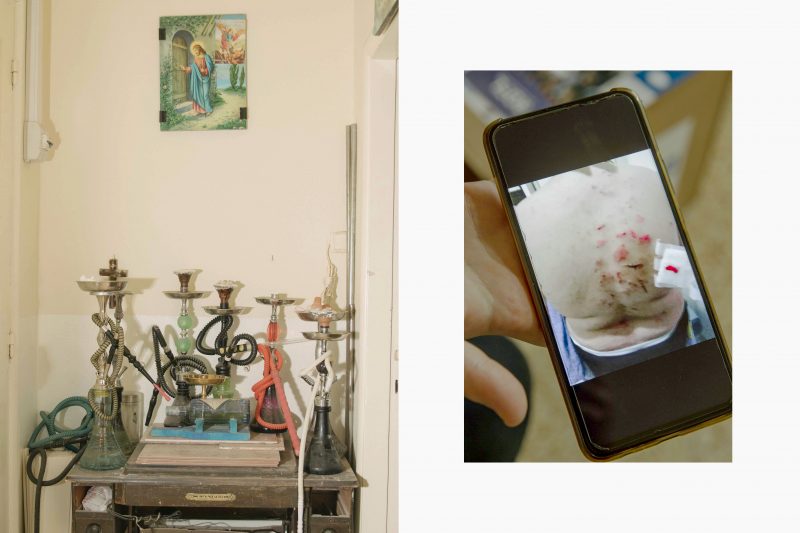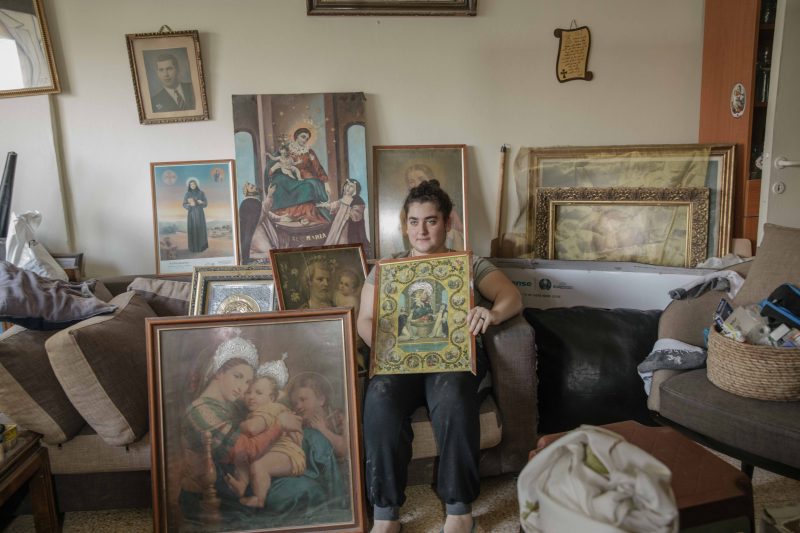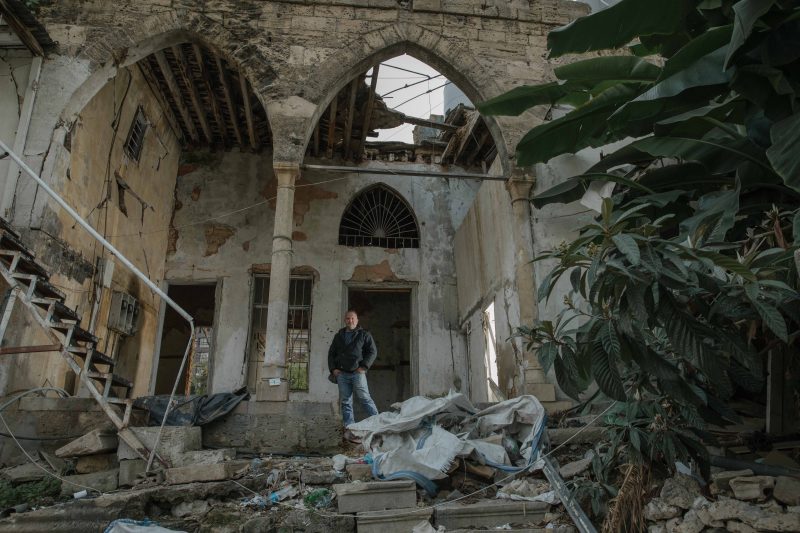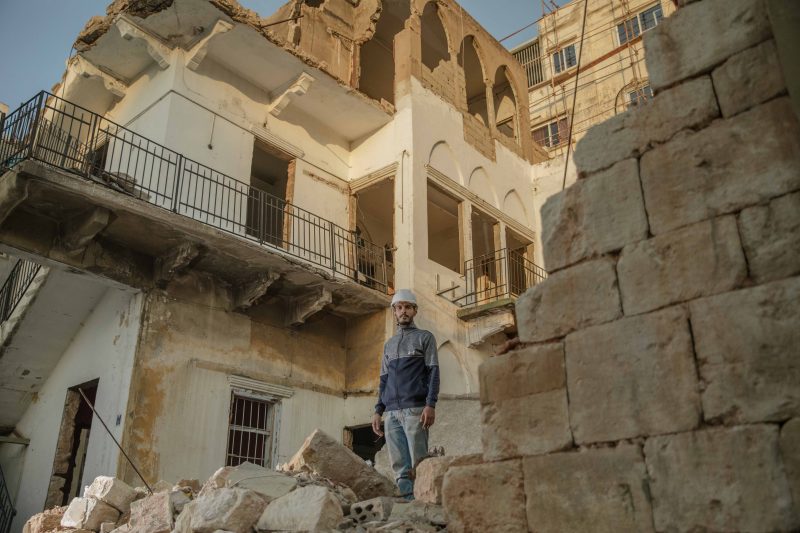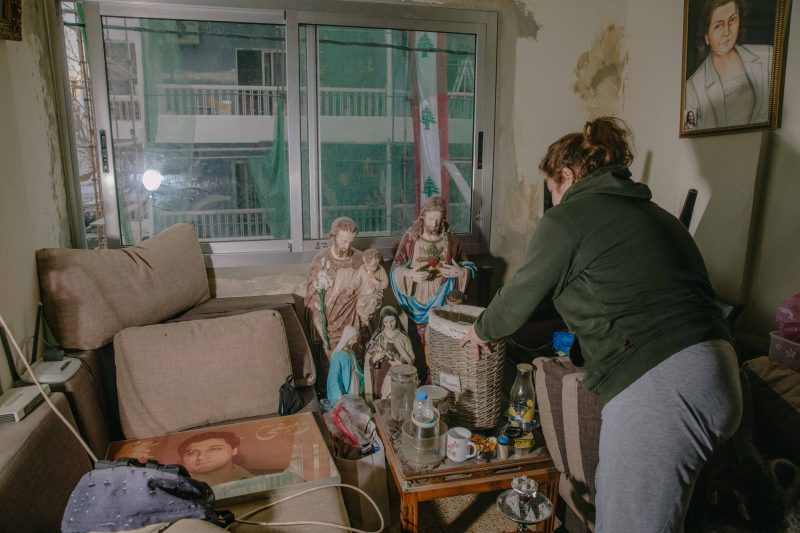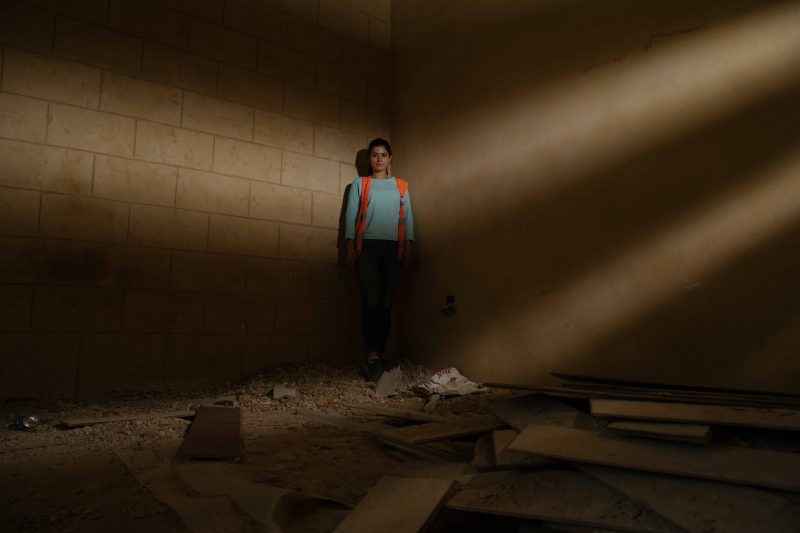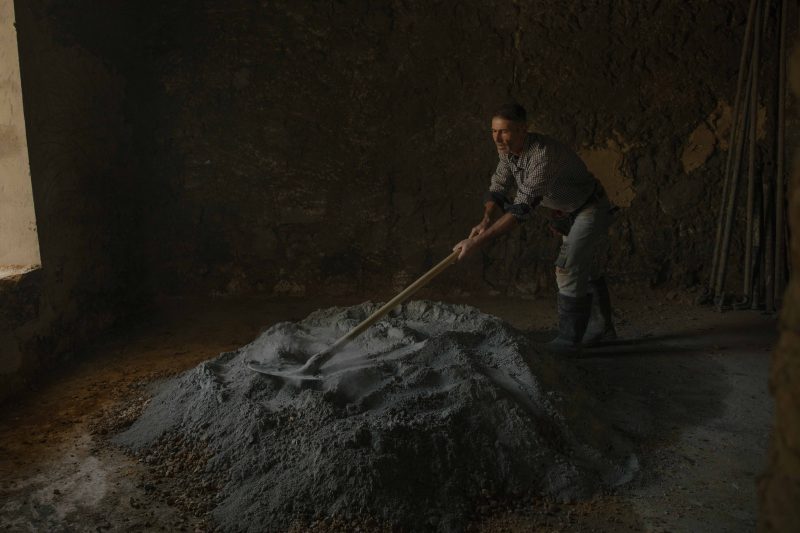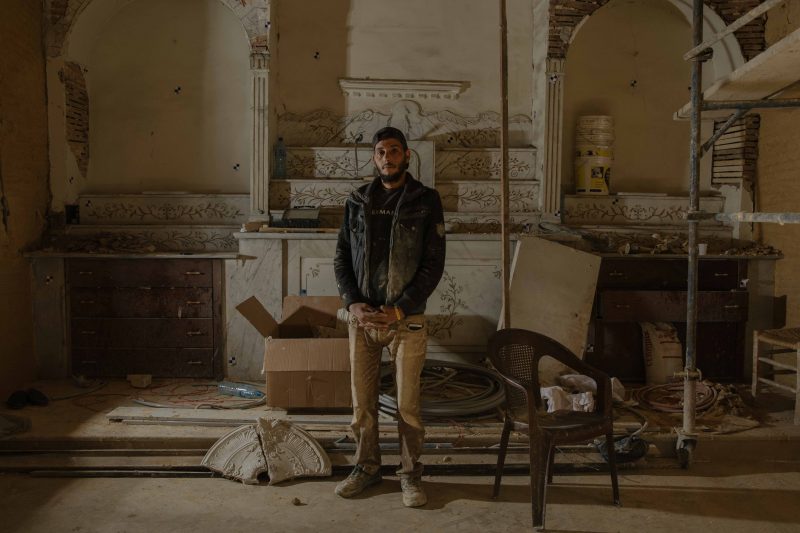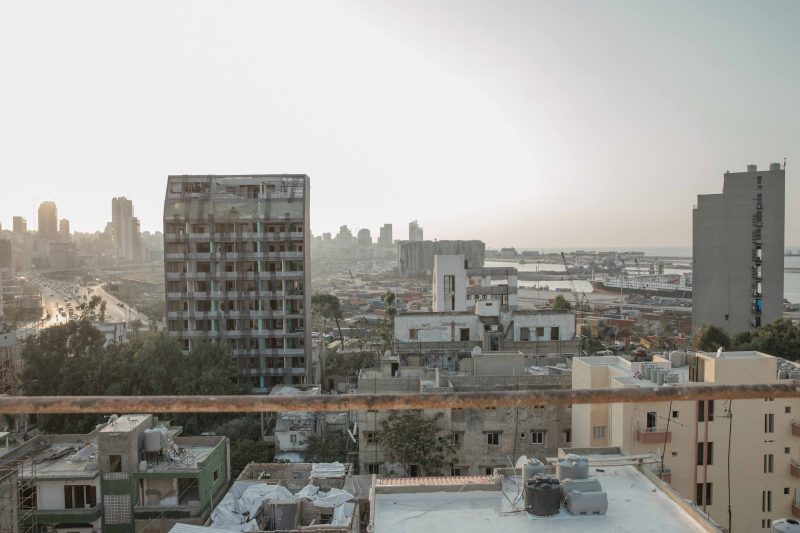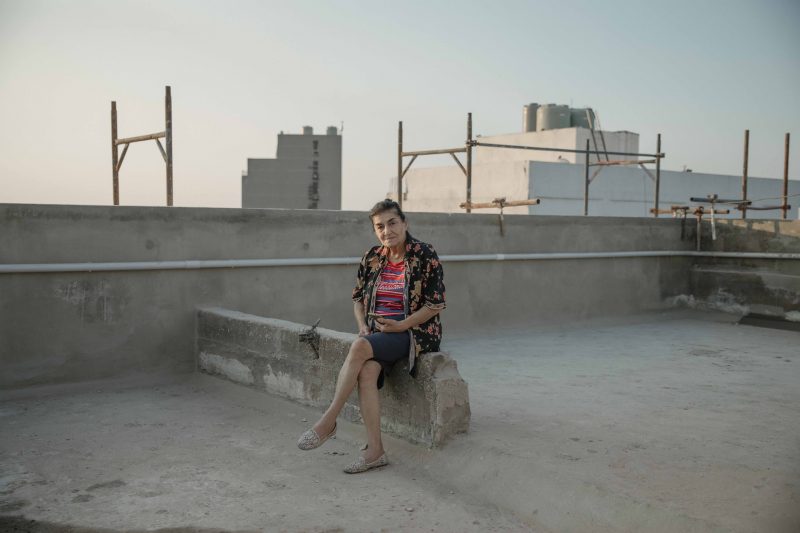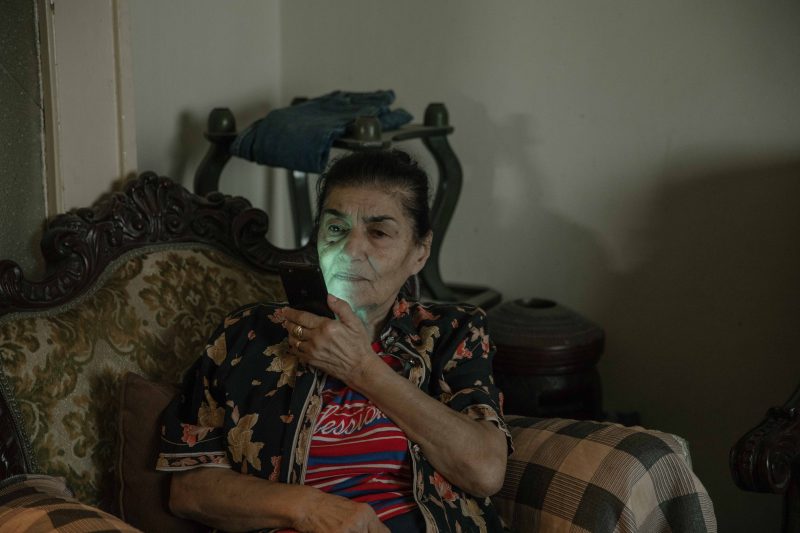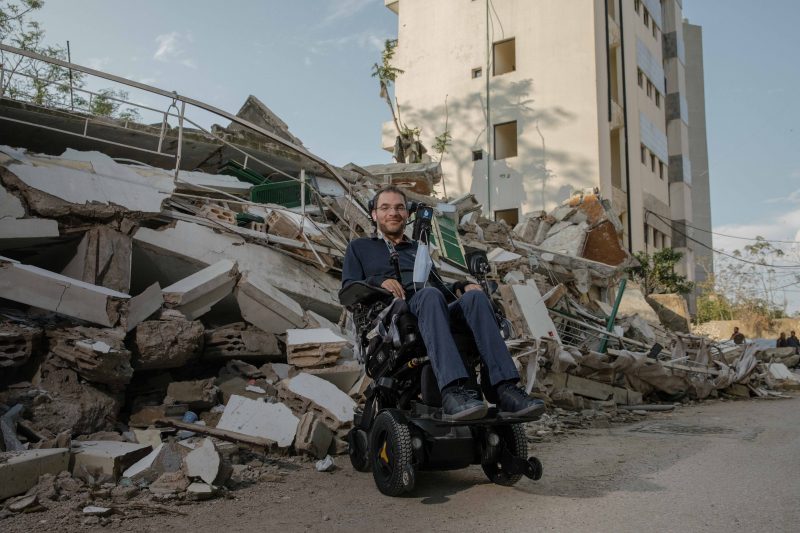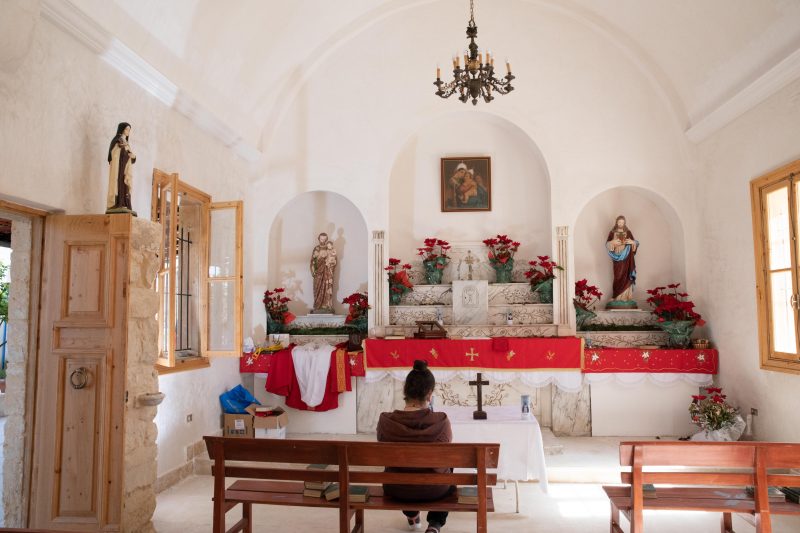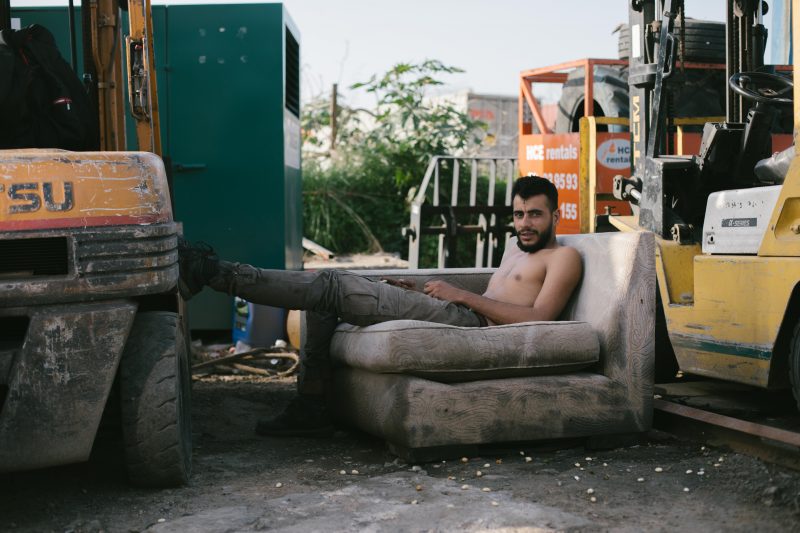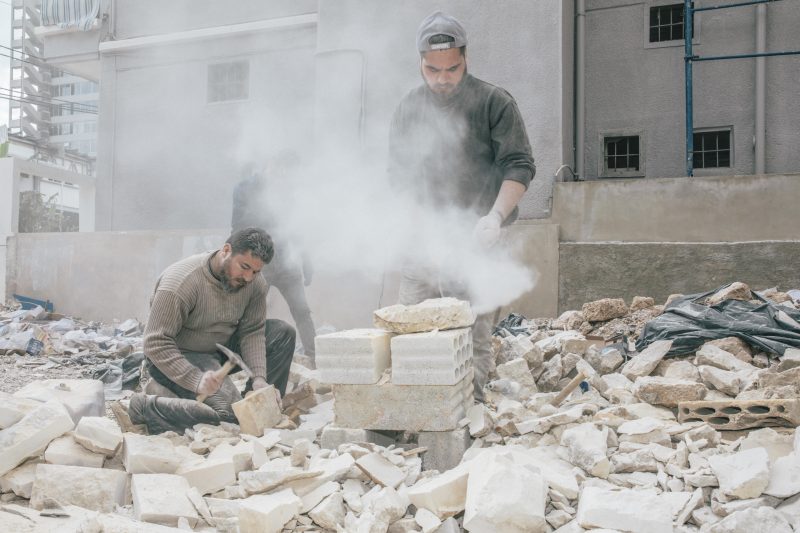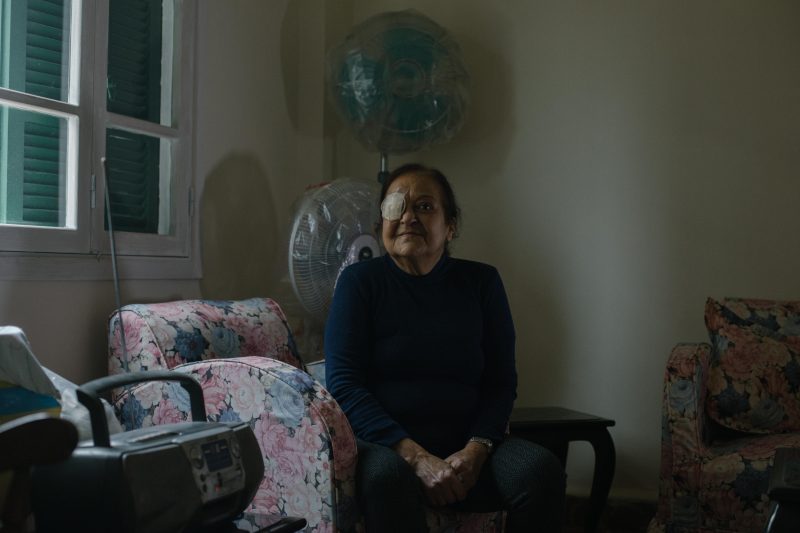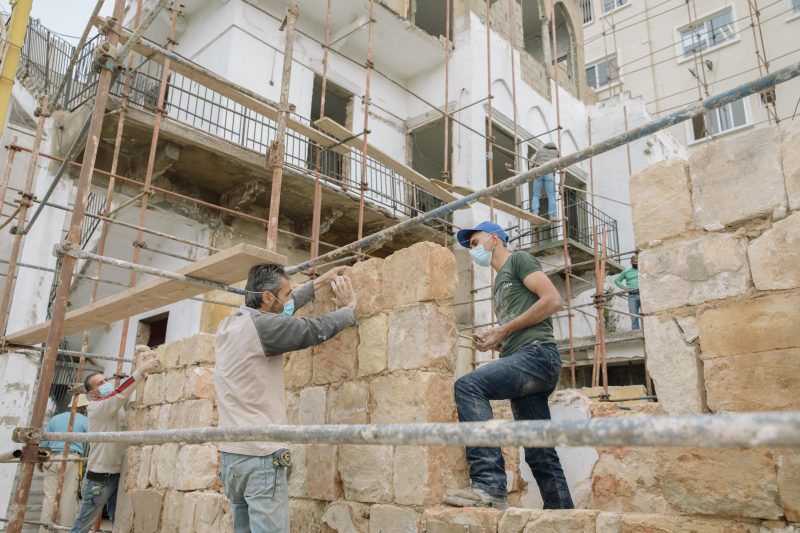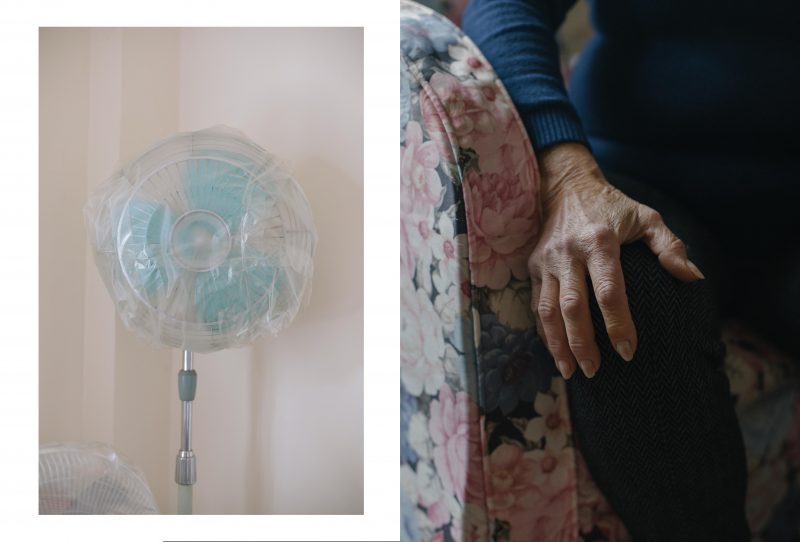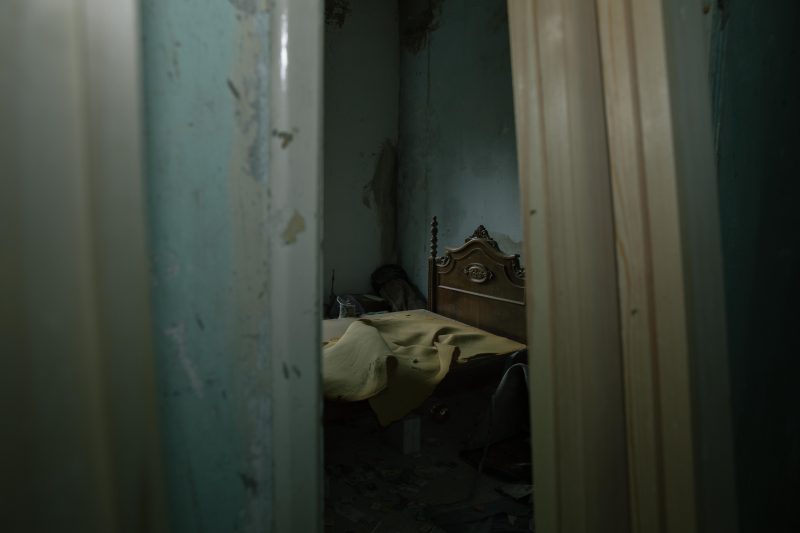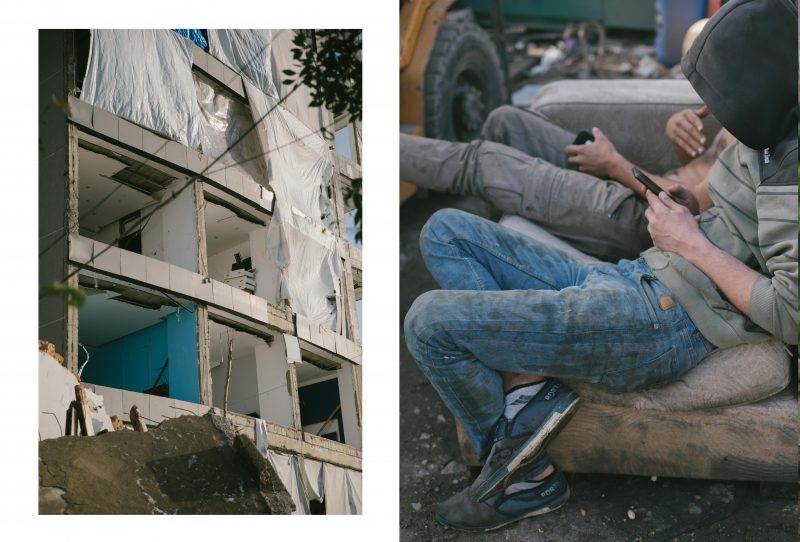
Out of Blood and Concrete
Residential, commercial and semi-industrial buildings are among the most affected. Historically, it accommodated the sick who entered the Lebanese port in the middle of the 16th century. Today, its inhabitants are destitute. Many have lost loved ones, been injured, and have seen their homes destroyed.
On August 4th, 2020 a few days after the explosion, only NGOs came to rebuild what had been demolished, broken, and looted. After two months of strict confinement in Lebanon where construction sites had to be suspended, they were able to resume their activities on February 22 with a limited quota. Among them ,Offrejoie estimates today that despite the slowed pace of reconstruction, “250 of the 300 displaced families have been able to return to their homes, and the rehabilitation process has reached 60% of its target”.
Seven months later investigation into the circumstances of the tragedy which left more than 200 dead and 6,500 injured has still not been concluded. An additional burden for a population already caught up in political turmoil in the midst of a pandemic. The civilian population continues its effort to provide shelter and dignity to the forgotten residents. Portrait of this ephemeral intersectional ecosystem where volunteers, construction workers and local inhabitants meet

